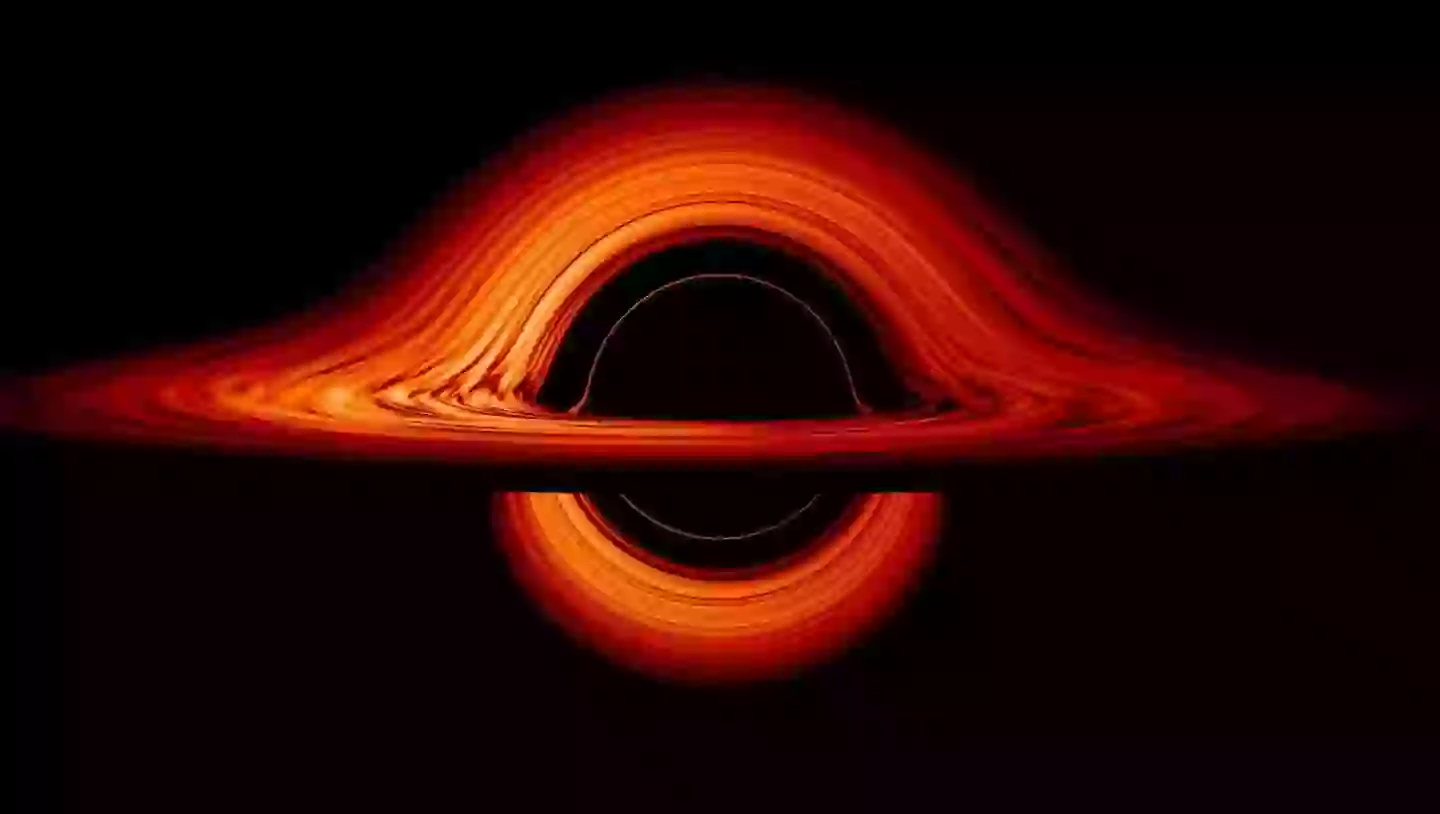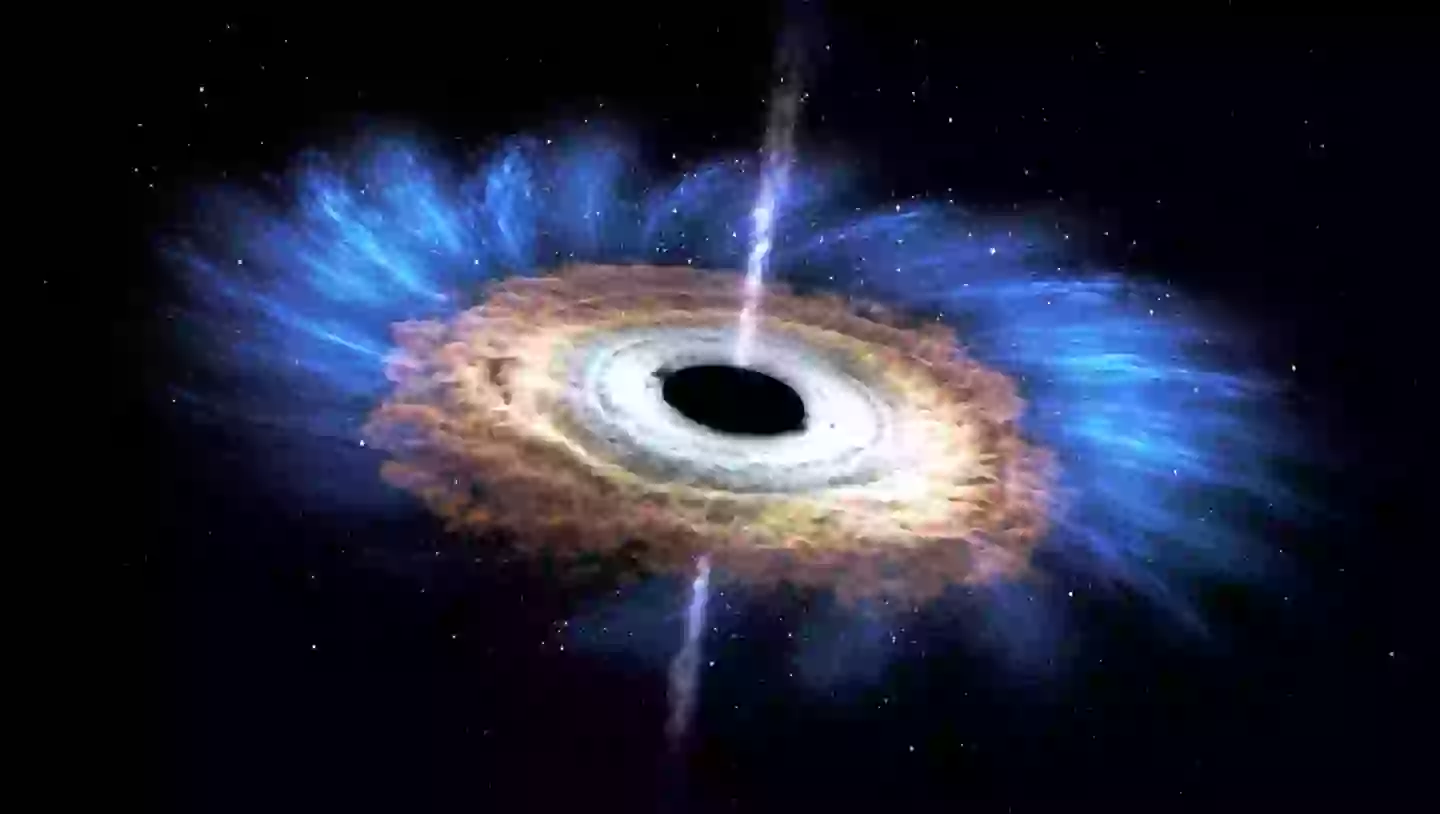Throughout his career, Professor Stephen Hawking developed numerous scientific theories, among which is the concept that black holes emit electromagnetic radiation.
His most notable theory, presented in 1974, suggests that black holes gradually lose mass because of a continuous need to settle energy deficits.
While the theory of Hawking radiation is widely accepted, direct observation has been elusive due to its ‘incredibly weak nature’, as reported by Advanced Science News.
In 2022, researchers managed to simulate an event horizon of a black hole to analyze its behavior in a safe and controlled setting.
This event horizon—defined as a boundary beyond which events cannot influence an observer—was constructed by physicists from the University of Amsterdam.
Science Alert reports that these cosmic phenomena emit a rare form of radiation that aligns with Hawking’s theoretical predictions.
The researchers aimed to investigate Hawking radiation by creating a laboratory analog and were astonished when the simulation began to emit an unexplained glow.
Hawking radiation is theorized to occur when quantum fluctuations are disturbed, a result of the black hole’s effect on spacetime.

This radiation presents itself through a visible glow, which is peculiar because the event horizon of a black hole is typically an area from which no light or matter can escape.
Black holes are among the most intriguing and perplexing phenomena in the universe.
These entities are so dense that, within a certain proximity to their center, nothing can escape their gravitational pull—not even at the speed of light.
The researchers noted that this occurrence happened only when a portion of the chain extended past the event horizon.
What are the implications of these findings?
It could imply that the entanglement of particles across the event horizon is crucial for the emergence of Hawking radiation.
“This can open a venue for exploring fundamental quantum-mechanical aspects alongside gravity and curved spacetimes in various condensed matter settings,” the researchers wrote in their paper, published by Physical Review Research.

The study found that Hawking radiation was only thermal under specific conditions known as ‘hop amplitudes’, only occurring when the simulation began from a ‘flat’ spacetime model.
This suggests that Hawking radiation may only produce thermal emissions under certain gravitational conditions, potentially requiring changes in the warp of space-time.
Crucially, this research observed that the Hawking radiation emitted a glow.

